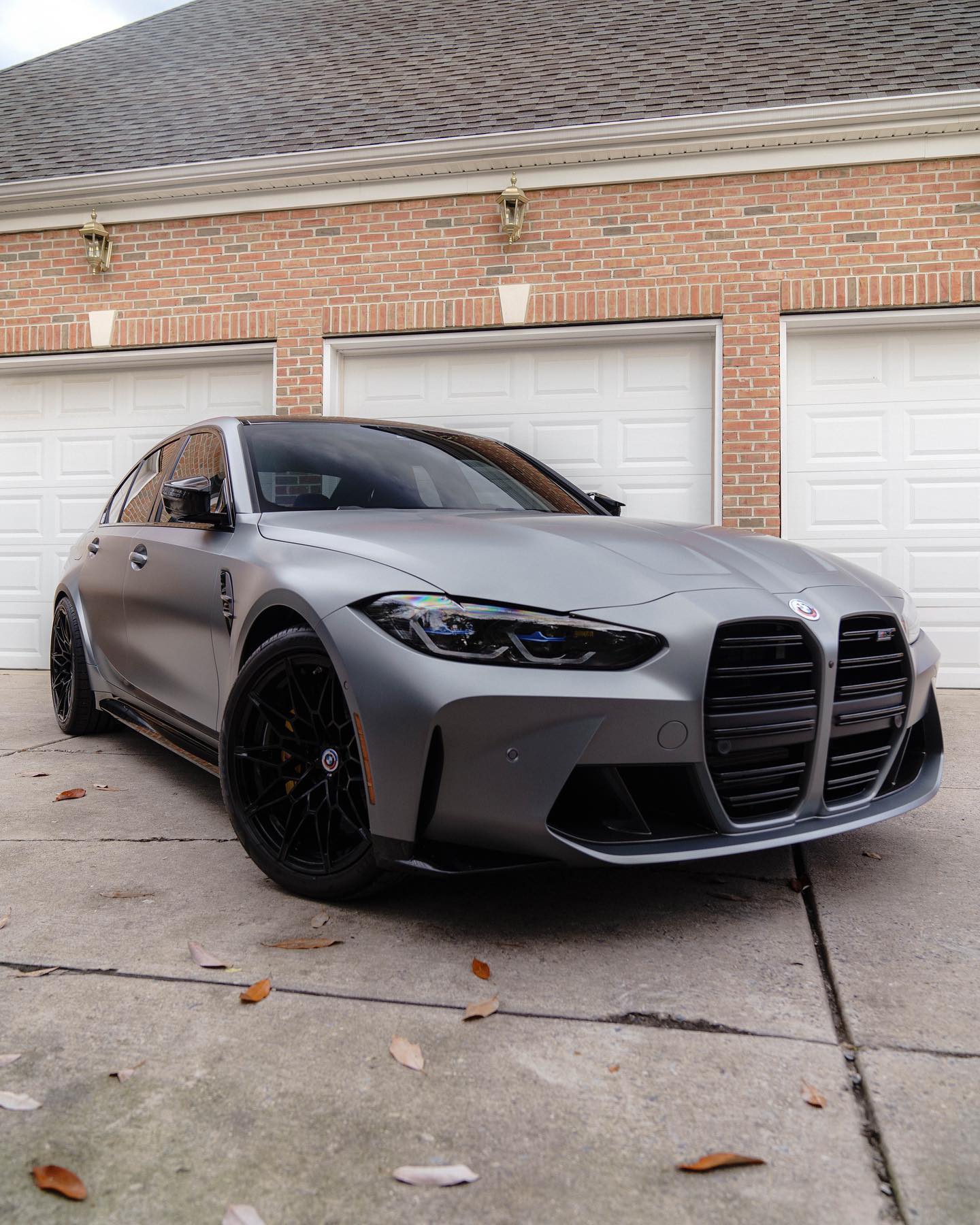Luxury cars are a symbol of prestige and wealth. They are an investment that requires proper maintenance and care to ensure that they maintain their original shine and beauty. One essential process that luxury car owners should consider is paint correction services.
We will discuss the benefits of auto paint correction for luxury cars, the different types of paint correction, the paint correction process, and how to choose the right professional for the job.
What is paint correction?
A paint correction service is the process of removing imperfections from a car’s paintwork, including scratches, swirl marks, oxidation, and water spots. This process restores the original shine of the car’s paint job and enhances the car’s overall appearance. Luxury car owners understand the importance of maintaining their cars’ aesthetics and performance, and paint correction is one way to achieve this.
The Benefits of Paint Correction for Luxury Cars
Restores the car’s original shine
Luxury cars are known for their glossy appearance. The vehicle’s paint may develop scratches, swirl marks, and other imperfections, resulting in a dull and less attractive appearance. Paint correction restores the car’s original shine by removing these paint defects and revealing the car’s true beauty.
Eliminates minor scratches, swirls, and other imperfections
Luxury cars are vulnerable to imperfections that can affect the paintwork’s appearance. These imperfections may include scratches, swirl marks, oxidation, and water spots. Paint correction eliminates these imperfections, leaving the car’s paintwork smooth, glossy, and free of any blemishes.
Enhances the car’s overall appearance
Paint correction not only removes imperfections but also enhances the car’s overall appearance. A car with a flawless paint job is a sight to behold. It stands out in a crowd and turns heads wherever it goes. Paint correction ensures that your luxury car looks as good as new and maintains its aesthetic appeal.
Protects the car’s paintwork from environmental damage.
Luxury cars are often exposed to environmental damage such as UV rays, bird droppings, and acid rain. These factors can cause the car’s paintwork to deteriorate over time, resulting in a dull appearance.
Protects the car’s paintwork from environmental damage (continued)
Paint correction also helps protect the car’s paintwork from environmental damage. By removing imperfections and applying a protective coating, paint correction creates a barrier that shields the paintwork from harmful elements. This protection ensures that the car’s paintwork remains intact and maintains its glossy appearance for a long time.
Increases the car’s resale value
Luxury cars are not just a means of transportation but also an investment. The resale value of a luxury car is determined by its condition, including the paintwork. A well-maintained car with flawless paintwork commands a higher resale value than one with imperfections. Paint correction increases the car’s resale value by restoring its paintwork and giving it a new lease on life.
Types of Paint Correction
There are different types of paint correction, depending on the severity of the imperfections. The three most common types of paint correction are single-stage correction, two-stage correction, and multi-stage correction.
Single-stage correction
Single-stage correction is a light paint correction process that removes minor imperfections on the car’s paintwork, such as swirl marks and light scratches. This process involves using a polishing compound to restore the car’s shine.
Two-stage correction
Two-stage correction is a medium-level paint correction process that removes more significant imperfections from the car’s paintwork, such as deeper scratches and oxidation. This process involves using a cutting compound to remove the imperfections and a polishing compound to restore the shine.
Multi-stage correction
Multi-stage correction is a heavy paint correction NJ process that is suitable for severely damaged paintwork. This process involves using a series of cutting compounds with varying levels of abrasiveness to remove imperfections and restore the paintwork’s shine.
Paint Correction Process
The professional paint correction process involves several steps that must be followed to achieve the desired results. These steps include car preparation, inspection and assessment, paintwork correction, polishing and finishing, and protection.
Car Preparation
The painted surfaces must be thoroughly cleaned and dried before the correction. This step involves washing the car with a gentle shampoo, drying it with a microfiber towel, and removing any tar or glue residue with a solvent.
Inspection and assessment
The car’s paintwork is then inspected for imperfections, including scratches, swirl marks, and water spots. The severity of the imperfections is assessed to determine the appropriate type of paint correction.
Paintwork correction
The paintwork correction involves using a cutting compound to remove imperfections. The compound is applied using a rotary or dual-action polisher, and the imperfections are gradually removed.
Polishing and finishing
Once the imperfections are removed, the paintwork is polished using a polishing compound to restore the car’s shine. The polishing process involves using a less abrasive compound than the cutting compound used in the previous step.
Protection
The final step involves protecting the car’s paintwork from future damage. This step involves applying a protective coating, such as a sealant or wax, to create a barrier that shields the paintwork from harmful elements.
Choosing the Right Professional for Paint Correction
Choosing the right professional for high-quality paint correction is essential to achieving the desired results. The following factors should be considered when choosing a professional:
Skills and experience
The professional should have the necessary skills and experience to perform paint correction. They should be trained in the latest techniques and have a portfolio of previous work.
Quality of equipment and materials
The professional should use high-quality equipment and materials to ensure that the paint correction process is effective and long-lasting.
Reputation and customer reviews
The professional should have a good reputation and positive customer reviews. This ensures that they are reliable and provide high-quality services.
Paint correction is a process that luxury car owners should consider investing in. The benefits of paint correction include restoring the car’s original shine, eliminating imperfections, enhancing the car’s overall appearance, protecting the paintwork from environmental damage, and increasing the car’s resale value.
There are different types of paint correction, including single-stage correction, two-stage correction, and multi-stage correction, and the process involves car preparation, inspection and assessment, paintwork correction, polishing and finishing, and protection. Choosing the right professional for paint correction is essential to achieving the desired results and maintaining the car’s value.
FAQs:
What is the cost of paint correction for a luxury car?
Depending on the extent of the flaws and the size of the car, paint correction might be expensive. Owners of luxury vehicles should budget several hundred dollars for paint correction.
How often should I have my luxury car undergo paint correction?
Luxury car owners should have their cars undergo paint correction every 1-2 years, depending on the car’s use and exposure to environmental factors.
Is paint correction necessary if my luxury car doesn’t have any visible imperfections?
Even if a luxury car doesn’t have any visible imperfections, it is still recommended to undergo paint correction to maintain the car’s value and prevent future damage.
Will paint correction remove all the scratches and swirls on my car’s paintwork?
Paint correction can remove most scratches and swirls on a car’s paintwork, but severe damage may require more extensive correction.
Can I do paint correction myself, or should I hire a professional?
While it is possible to do paint correction yourself, it is recommended to hire a professional for the best results. Professionals have the necessary skills, experience, and equipment to perform effective paint correction.




